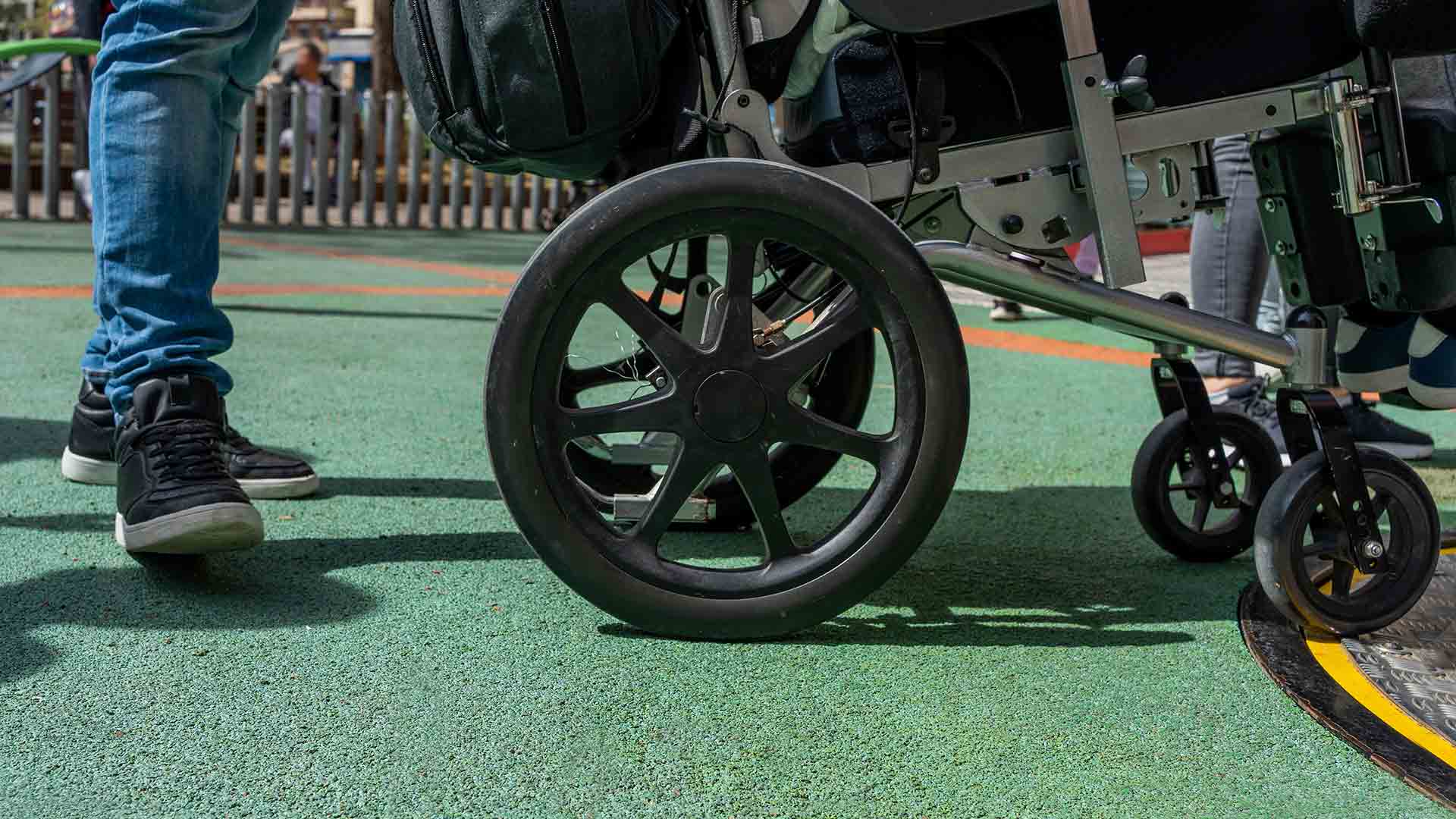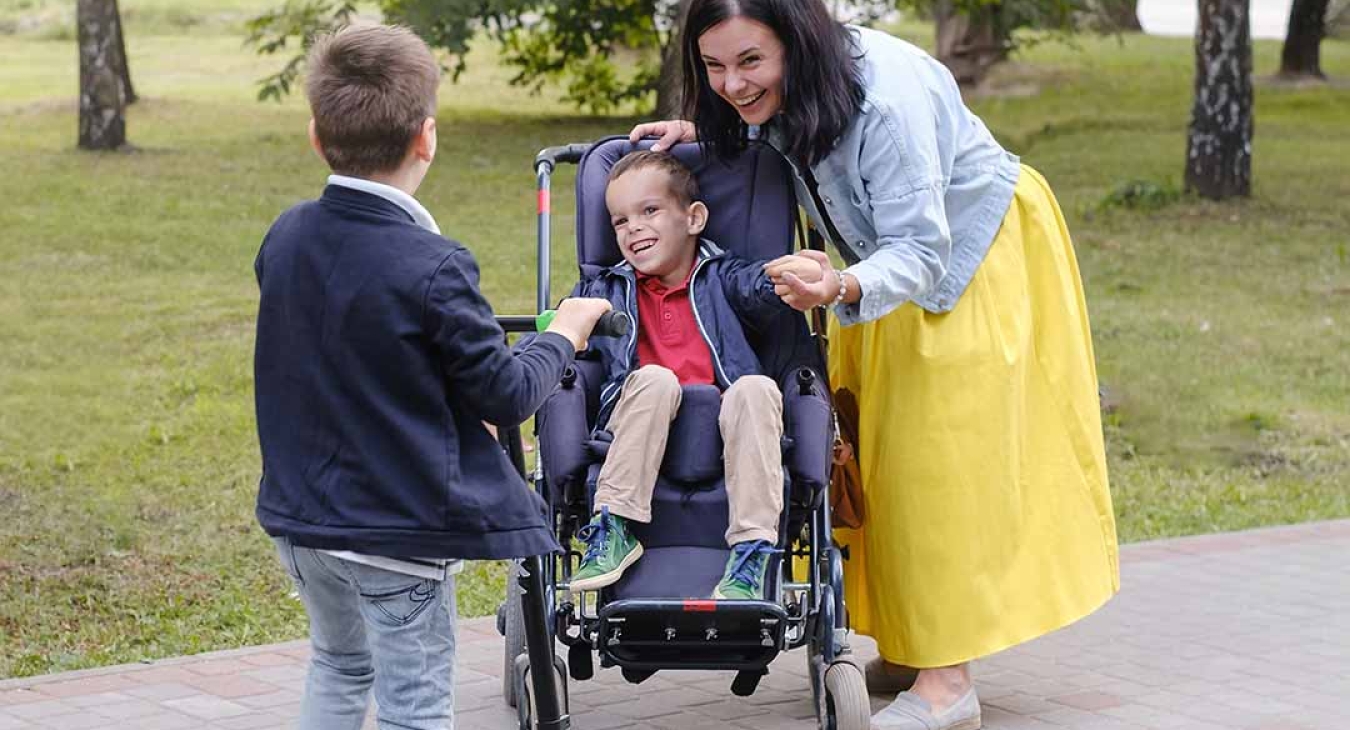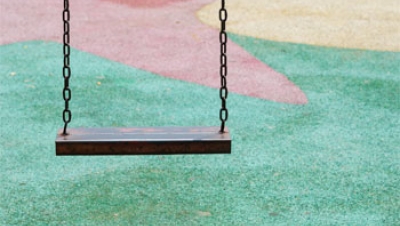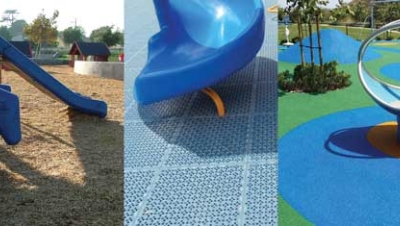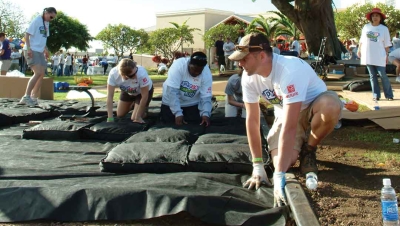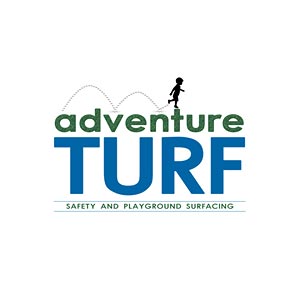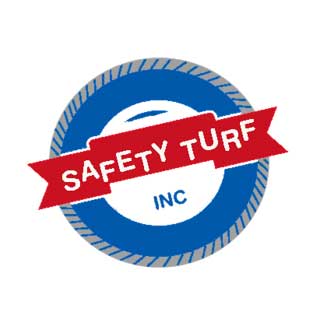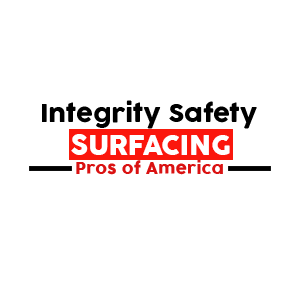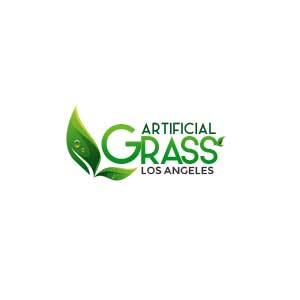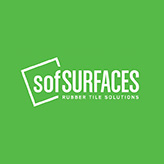With All Children In Mind
All children like to engage in play —true play—play that is independent and self-directed. Play has great developmental benefits for all children, regardless of ability or disability. During play, children integrate learning into cohesive systems of life skills. Play is not like adult recreation, sport, or other leisure pursuits; it is a developmental necessity and a primary life function for children of all abilities. So what gets in the way? There is a great obstacle for children of all abilities to reach their objective of engaged play. It is an element within the playground under the exclusive control of adults—surfacing!
Surfacing can be more important than the selection of play equipment or any of a multitude of other details relating to the overall design and usefulness of an integrated playground. When a child cannot get onto the playground or is prevented from moving from one area to another due to an uneven surface connection or an inaccessible surface, the surfacing becomes a significant obstacle to engaged play and interaction with the equipment provided.
Improper combinations of surfacing materials or poor construction details can become the chasm that prevents a child with mobility impairment from playing with other children in a playground. Pathways and the playground use zone surfacing materials must be selected with care so that the transition from one type of surfacing material to another material doesn’t present a barrier or a hazard for a child using a wheelchair or other mobility device. Additionally, construction details should be selected to minimize routine maintenance on the playground and ensure consistent access.
Pathways
The first necessary detail in designing a barrier-free, universally accessible playground is to connect a “handicapped accessible parking area” or public walkway to the accessible pathway that leads to the playground. All public pathways must have these characteristics to be accessible:
- Be firm, stable and slip-resistant
- Be at least 60 inches wide
- Each section of the pathway must not exceed a grade of one foot of rise to every 20 feet of run
- Wheel stops, curbs, or handrails must be provided, where necessary, to prevent people using wheelchairs from accidentally leaving the pathway.
The most suitable materials for accessible pathways are poured concrete or asphalt (smooth, pebble finish, scored or stamped with designs - colored or natural), pavers (brick, natural stone, interlocking pavers or “contribution” engraved bricks), or compacted stone dust. Each of these materials has a cost that varies depending on playground location. Some of these materials may have a longer service life depending on weather, flow of surface water, and natural vegetation growing around and up through the pathway. When selecting these surfaces, consider adding texture and/or color. Children gather sensory information while they are playing which is important to their development.
Materials that are not acceptable for accessible pathways are any loose materials like sand, gravel, pea stone, rice stone, or river rock. These materials are not firm and stable. Pathways are not considered accessible if undeveloped with grass, compacted soil, or clay. These materials are not slip-resistant.
Zone Surfacing Materials
There are three general categories of playground use zone surfacing materials: organic loose materials, inorganic loose materials, and unitary synthetic materials. With a focus on their beneficial characteristics, each of these materials can be used to great advantage within the integrated play environment.
By their very characteristic of being loose, organic loose materials and inorganic loose materials are difficult to maintain as accessible surfaces according to Americans with Disabilities Act Accessibility Guidelines (ADAAG). ADAAG requires that “Ground surfaces shall be inspected and maintained regularly and frequently to ensure continued compliance with ASTM F1951.” This requirement is burdensome in most playgrounds. Yet, when children fall on these surfaces, the material tends to move on impact providing cushioning to the child’s long bones and head. For active play areas with climbing and upper body devices and where falls to the surface can be readily predicted, these materials may be preferable.
Unitary synthetic materials are resilient safety surfacing materials that provide excellent accessibility around and through the playground. These materials are also impact-attenuating surfaces appropriate for the use zone around playground equipment. Although this material has a high initial cost, the lower requirement for rigorous routine maintenance over the lifetime of this surface makes it a viable selection within many public play spaces.
Since all of these materials have a variety of benefits, more than one material within the use zones of the play equipment should be considered during the selection of impact-attenuating surfacing materials. Some materials within the use zones may limit accessibility but may also provide an additional margin of fall safety. Children with mobility impairments will not be using upper body devices or climbers so the surfacing materials around some of these play components can be selected based on the best choices for a falling surface.
Within the use zones around play equipment, further consideration must be made about “play-usefulness.” We should ask “If the surfacing in an area is barrier-free, what play activities become available for all of the children to use?” Play-usefulness occurs when the design of the playground equipment, the pathways, and the impact-attenuating surfacing materials work together to achieve real play opportunities for all children.
The accessible pathways should lead directly to accessible surfaces within the play environment use zone or the entrance to a ramp on a composite play structure. The liberty of all children during play must include play experiences at the ground level within the use zone. It should also include the opportunity to experience height, such as a higher view of the surroundings. The surfacing must provide all children with semi-enclosed spaces, such as beneath a composite play structure or under the roof of a composite play structure. These are interesting places to be and will provide real independent, self-directed play experiences for all children.
A major concern when designing an integrated play environment is the provision that all children be in the middle of play. To accomplish this goal, it is not necessary to cover the entire play environment with a Unitary Synthetic Material. Placing play activities adjacent to one another with this material economizes the cost while extending its usefulness. It cannot be overstated that strategic planning of the playground equipment, the pathways, and the surfacing is required to ensure that all variables are considered together.
Construction Details
One way to ensure the playground facilitates the play of all children is to attend to the construction details that connect the various playground surfaces. The connections between all accessible surfaces should provide a level transition like the transition from a pathway to unitary synthetic material.
Within the playground where organic loose materials or inorganic loose materials are adjacent to pathways, some method of retaining the loose material in place should be employed, such as curbs or edging. This curb detail retains the loose material in the designated area, reduces the spillage on the pathways, and makes routine maintenance easier. Curbs should also be used at the edge of any loose surface that is non-accessible, like sand, in order to prevent an inadvertent tip-over of a child using a wheelchair.
When unitary synthetic material is adjacent to organic loose material, such as engineered wood fiber, select a construction detail that works like a sandy beach at the ocean. This configuration of materials serves as a suitable transition between surfaces. This construction detail also minimizes the routine maintenance in the playground. This detail also provides a quick inspection method for the assessment of the adequacy of loose materials and indicates when more material is required.
Summary
These rules are useful for making surfacing a play asset when planning play environments for all children:
- Select pathway materials and finishes that give interesting sensory experiences.
- More than one class of surfacing material within the use zones of the play equipment should be selected since all of these materials have a variety of benefits for safety, accessibility, and maintenance.
- All accessible pathways should lead to accessible surfaces or the entrance to a ramp on a composite play structure.
- Provide accessible surfaces to interesting places throughout the play environment. Consider high places and semi-enclosed places.
- Plan for play-usefulness with the placement of impact-attenuating surfacing materials that match the children’s use in each play area.
- Select construction details that create a barrier-free play environment for children and are maintainable
By J. Schappet, CPSI, A. C. Malkusak, ASLA, CPSI, & L.D. Bruya, PhD, CPSI

